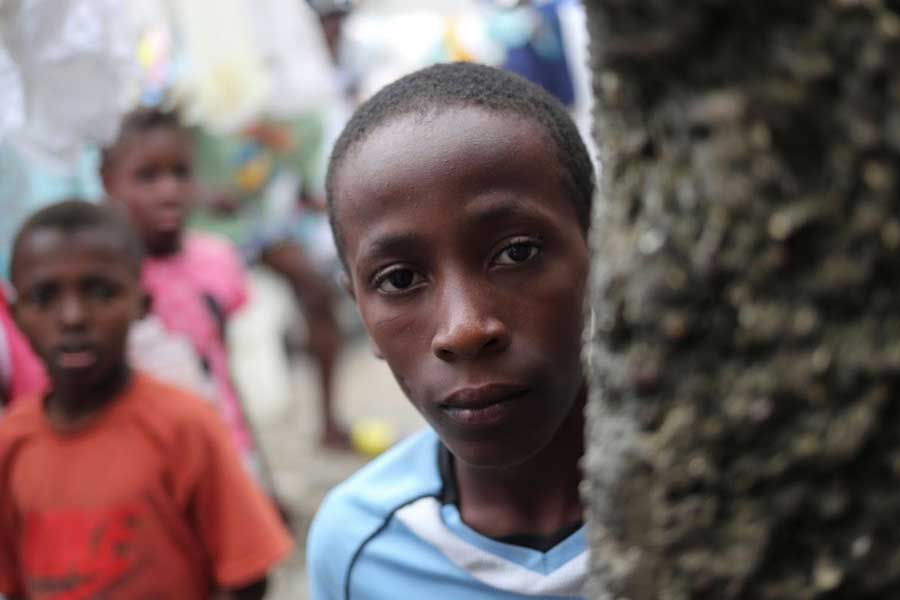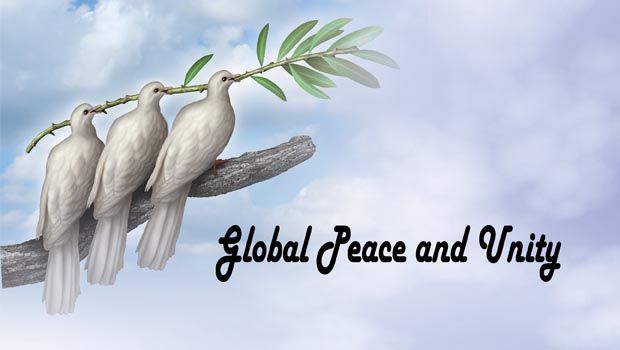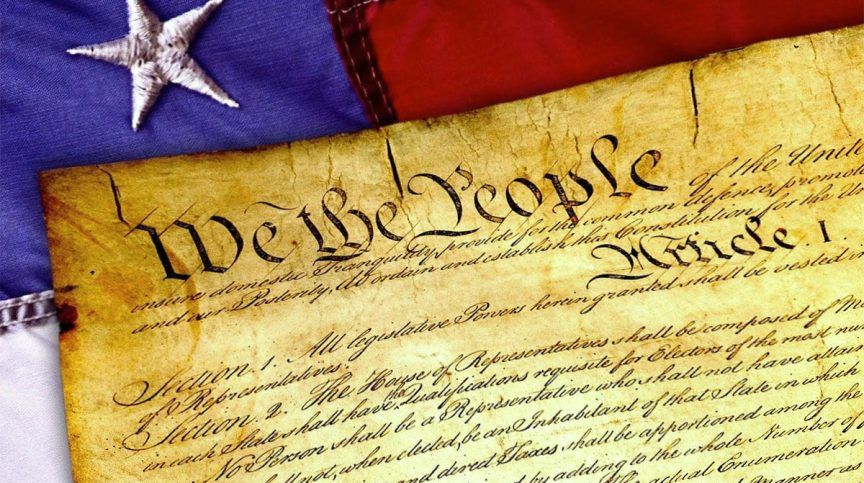Once Upon a Time: Haiti’s Past
Haiti has a long history of tragedy and destruction centuries prior to the devastating earthquake that struck earlier this year. From the Spanish invasion of Hispaniola to the French cessation of what is present day Haiti, this tropical oasis has struggled for a different type of survival. Its natural resources made it the wealthiest land in the Caribbean with its sugar and forestry related industries, but this also came with a heavy price. African slaves were imported by the French in the late 17th century as field labor, and their degrading conditions led to a slave revolt. Eventually, Haiti became the first black republic to gain independence and unfortunately, began to spiral downward soon after. For most of its independent reign, Haiti has suffered at the hands of internal strife due to political violence and, as a result, is now one of the poorest countries in the Western Hemisphere. With the forced resignation and exile, after an armed rebellion, of Haiti’s president Aristide in 2004 and the interim government set up by the United Nations, Haiti saw a glimmer of hope with a democratically elected president in 2008. But once again, violence erupted in the land in the form of a 7.0 magnitude earthquake that wreaked havoc on the citizens of the country unlike any violence of the past.
Just west of the Dominican Republic, Haiti lies between the Caribbean Sea and North Atlantic Ocean. Somewhat smaller than the size of Maryland, this country holds a slightly rough and mountainous terrain. However, despite its majestic surroundings, Haiti lies in the middle of the hurricane belt with weather conditions that result in floods, earthquakes, and occasional droughts making potable water an environmental crisis. With a population slightly tipping over the nine million mark, the citizens of Haiti face a lower chance of life expectancy due to diseases and infections, especially AIDS and others that follow its natural disasters such as Hepatitis A and E, Malaria, Typhoid and Dengue fever. Haitians speak either French of Creole and, though close to eighty percent practice Roman Catholicism, nearly half of the population practices voodoo. In an ever changing world, Haiti sits at the forefront of those in need of aid both in the aftermath of the earthquake and in the many years to come.
Dozens of mosques are scattered throughout Haiti with an estimated 5,000 Muslims as the numbers rapidly grow. The foundation of Islam began with the African slave laborers who were initially forced to give up their practice of the religion; however, their heritage soon became imbedded in the native Haitian culture. The 20th century saw a large number of Arab immigrants settling in Haiti while a significant amount traveled to the Americas. It has been noted that the first Arab settlers were from Morocco.
Rising Action: Earthquake Aftermath
The earthquakes in Pakistan and Indonesia were known for the mark they left not only in terms of their magnitude, but also the destruction they left behind. With hundreds of people dead or unaccounted for, thousands of homes destroyed, and even more people left without food and work, relief agencies scurried to pool together the basic necessities for survival. There was an overwhelming response from the global community with regard to these two natural disasters, but like the forgotten faces of these troubled people, the media and world at large returned to their daily routines. The earthquake that rung in the New Year seemed to be no different than those that preceded it. January 12th marked the day a 7.0 magnitude earthquake rocked Haiti’s capital of Porte au Prince leaving in its path complete and utter devastation. Within days, media outlets were buzzing about the strength of the quake and its effect on this forgotten country. Similarly, relief agencies from across the globe were preparing their supplies as they took ships, planes, cars, and buses to this inaccessible city. Organizations such as UNICEF, Red Cross, and the International Rescue Committee began running drives across the world to raise funds for these victims. Similarly, Muslim relief orgs and Islamic countries pooled together their resources and manpower to deliver whatever they could.
Climax: Haiti Receives a Helping Hand
Human beings regardless of race, religion, ethnicity, age, and gender all require food, shelter, water, and companionship to survive. Once stripped of any of these basic necessities, the human being falls into a bout of irritability, depression, and instability. The key to any given response in emergency relief work is to keep the end in mind—in other words, relief work should address the current situation by gauging what is needed to facilitate survival and follow this with the necessary skills and training of the victims in order for them to ensure a secure future for themselves. A majority of the aid work that took place in Haiti targeted the medical needs of the Haitians, which was immediately required; this was followed with the importing of tents and sleeping bags to temporarily house the thousands of people who slept on the streets out of fear of the aftershocks that continued to rock the epicenter. However, as the weeks went by, the focus on what Haitians needed to regain their sense of normalcy was removed. Fortunately, the few organizations that remained behind continued to make progress and attempted, with the Haitian people, to remain hopeful that there would be a positive future in store for the country.
“True heroism is very undramatic. This is because true heroism is not the desire to surpass all others by any means, as we unfortunately see all too often. Instead, true heroism is the desire to serve all others by any means. By this definition, heroes are in no short supply in Haiti. I’ve seen them here every day for the past week. I’ve seen them come from all nationalities working for all types of organizations with a common goal in mind: to aid a country in its darkest hours,” shares Umair Javed, a volunteer in the Youth for Haiti program organized by Helping Hand for Relief and Development (HHRD). This program invited college students from all over the country to participate in volunteer relief work in Haiti during their respective spring break. After a rigorous selection process, nearly 30 college students were chosen to spend four week-long rotations in batches of 10 to volunteer in medical assistance and building shelter villages alongside supervised professionals.
Falling Action: Building Haiti
HHRD set out to rebuild Haiti by constructing hundreds of permanent shelters. The cost of $900 per shelter would give thousands of victims who have turned homeless after the earthquake a place to live with their families. These shelters were constructed into a village where they also built a mosque and school. With over 200 children playing amidst the rubble, parents welcomed this move to provide their children with an education that also helped to keep them occupied and safe. With Ramadan slowly making its way, the mosque was a breathe of fresh air for the new converts to Islam and Muslims who struggled to make inner peace after seeing such large scales of devastation and death. Millions are living in unsanitary conditions, cultivating more infections by the day.
Moreover, doctors from Pakistan, Indonesia, the United States, and local Haitians worked round the clock to tend to the wounded. Six rotational clinics were being operated in the most remote areas with little or no medical help. These Medical Clinics treated more than 2,000 people per week, and vaccinations were provided to over 300 men, women, and children. Originally, a team of volunteer doctors of HHRD from Florida and New York took large supplies of medications bought for them by HHRD to Port-au-Prince. Over $160,000 worth of medication was administered to over 11,000 patients. These doctors helped to establish the mechanism for field and mobile clinics where they have volunteered roughly 1,000 hours of services along with an estimated 900 hours by nurses. Due to urgent need, a full-time local Haitian Doctor was hired, accompanied by a female doctor who especially tended to women’s health issues.
With over 2,000 hours of volunteer work conducted by those at HHRD in Haiti, many respected community leaders have traveled abroad to witness and monitor the relief efforts. Naeem Baig, Vice President of the Islamic Circle of North America (ICNA) and Executive Director of ICNA Council for Social Justice, along with Imam Abdool Rahman Khan, Scholar of Islamic Foundation in Illinois and Member of ICNA Executive Council were two of the most prominent members to have gone. The work HHRD is doing abroad is essential and ongoing. They visited the Medical Camps and met with the Muslim community leaders to assess the situation and lend their support. “A lot still has to be done here,” said Imam Abdool Rahman. He also had a chance to meet some of the college students that are there for the Youth for Haiti program. “It’s a very humbling experience to come here; life here is tough, and they (the volunteers) say they enjoy it and are willing to come back.”
Resolution: Let Us Not Forget
“I have to admit that I am absolutely amazed and inspired by the people of Haiti. Despite their poor living conditions, they were so full of life and optimism. I’m amazed by their spirit, their perseverance, and their rare ability to find happiness in even the smallest of things. They were the most hospitable people I have ever come across. I personally feel a bit guilty because I feel that I benefited more from them than they have from me,” shares Raihan Dakhil a volunteer in the Youth for Haiti program.
Despite centuries of strife, the people of Haiti hold in their hearts an appreciation for what they have today: their lives, their families, and their country. Though each day brings with it another struggle, these victims have been given the essential tools to help rebuild their lives and hopefully to ensure a better future. The work there is far from over—the country requires long term developmental projects such as sanitary water, educational institutions, properly utilizing natural resources, and much more. Hundreds of children are now orphans, while hundreds of women are now widows, but within each, there lies a vow to never forget how things were and to always remember that at least now life is better than before. As human beings and more importantly as Muslims, we cannot turn a blind eye to the evil in this world and the tragedy that millions are facing. Let us be those who lend a helping hand and dust off the fallen for today’s calamity can be tomorrow’s reality for many of us. Haitians are putting back together the pieces of their shattered lives, but instead of forcing them into place, they are stepping back to make sure each piece fits properly in order to ensure the best picture. We, too, must continue to do the same.





